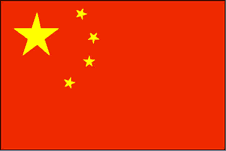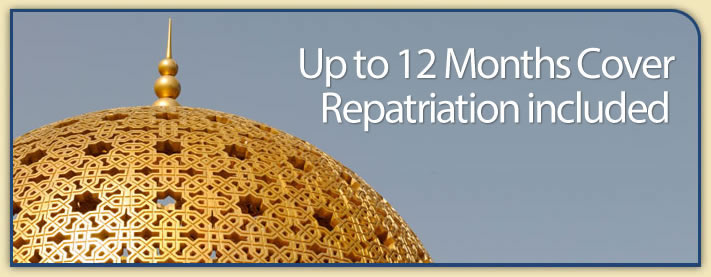Country Guide • China

China is situated in eastern Asia, bounded by the Pacific in the east. It is the third largest country in the world after Canada and Russia it has an area just under 9.6 million square kilometers, or one-fifteenth of the world's land mass. wITHIN China there are 6,536 islands larger than 500 square meters, the largest is Taiwan, with a total area of about 36,000 square kilometers, and the second, Hainan. The South China Sea Islands are the southernmost island group of China.
| Official Name | People's Republic of China |
|---|---|
| Area | 9,596,960km² (3,705,386mile²) |
| Population | 1,286,975,400 |
| Continent | Asia |
| Population per mile² | 347 |
| Capital City | Beijing |
| Religions | Officially China is an atheist state. Although there are some religios beliefs including:- Confucianism - 20%, Buddhism - 6%, Taoism - 2%, Buddhism for 6%, Muslim - 2% and Christian - 1% |
| Language | Putonghua or Mandarin and also local dialects |
| Government | Communist Republic |
| Currency | Yuan |
| GDP | $5.7 trillion |
| GDP per Head | $4,400 |
| Natural Resources | Antimony, aluminium, coal, iron ore, lead, petroleum, natural gas, mercury, tin, tungsten, manganese, molybdenum, vanadium, uranium and zinc |
| Land Use | Arable Land 13% |
| Agriculture | Rice, wheat, potatoes, sorghum, peanuts, tea, millet, barley, cotton, oilseed; pork; fish |
| Industry | Iron, steel, coal, machinery, automobiles, petroleum, chemicals, telecommunications, textiles and clothing |
| Tourism | China is such a diverse country it has the extremely busy cities with commerce on a huge scale to the grasslands of Inner Mongolia where you can find imperial ruins, amazing caves and even deserts. It is a country full of cultural wonders and on such a vast scale, it will take you a number of visits to see just some of them |
| Natural Hazards | There are frequent typhoons (about five per year along southern and eastern coasts), floods, earthquakes, droughts and land subsidence |
| Health Risks | Rabies, bilharzia, dengue fever, malaria and cholera are all present. Immunisation against cholera, diphtheria and Tetanus, hepatitis A and B, Japanese B Encephalitis, polio, rabies and typhoid is considered essential when travelling to China |
| Climate | China has a great diversity of climates. The northeast experiences hot and dry summers and vary cold winters. The north and central region has almost continual rainfall, hot summers and cold winters. The south east region has substantial rainfall, with semi-tropical summers and cool winters. Average temperature ranges in Shanghai are from 1 to 8°C in January to 23 to 32°C in July |
| Time | GMT/UTC+8 hours |
| National Days | October 1 |
| Visas | Visas are required by all foreigners entering mainland China. Visas are not currently required by Western nationals visiting Hong Kong and Macau. If part of your travelling involves a stopover of no more than 24 hours and you have an onward ticket to that effect then no visa is required for that 24 hour period. Visas can be obtained from Chinese embassies and consulates in most countries |
| British Embassy | Embassy Details |
Information Only
The content above is for information purposes only and we have tried to ensure that the information is as accurate as possible. We cannot accept any responsibility for any inconvenience, loss or injury as a result of the information above. You should always check and verify any critical information like visas, health and safety and customs with the relevant authorities before you travel since information can change at any time.



